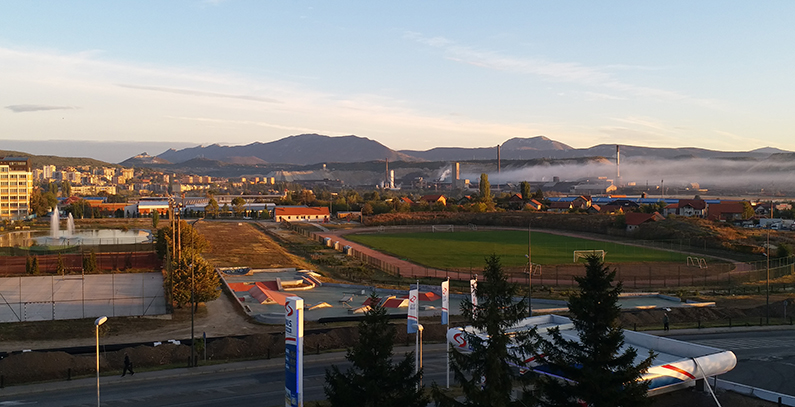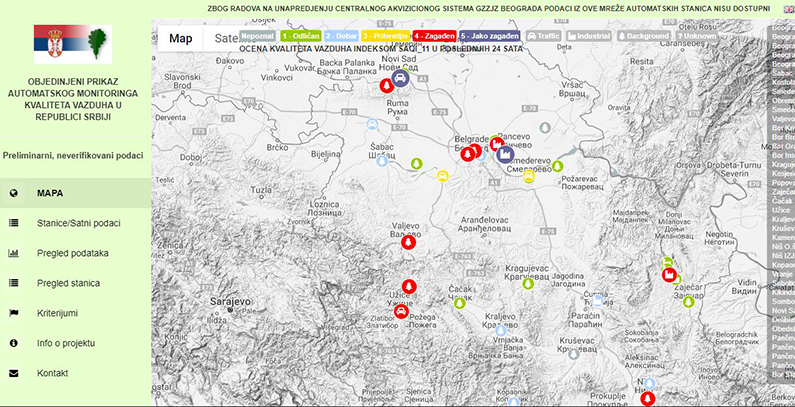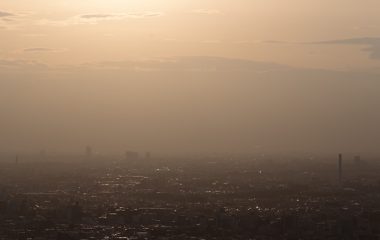
Photo: Air pollution in Bor (BGEN)
Over the past few days, Serbian citizens in Belgrade, Niš, Valjevo, as well as other places, have been able to feel the smell and see the color of the air they breathe, which makes it life-threatening. The proof of this is the official measurement of particulate matter PM10, whose concentrations are up to 10 times higher than the allowed 50 micrograms per cubic meter. The situation is no different in the rest of the region, so that these days Sarajevo (BiH), Skopje (North Macedonia), and Belgrade (Serbia) are among the 20 cities in the world with the poorest air quality.
Given that large heating plants are not yet running due to warm temperatures, individual heating is seen as one of the main culprits for the current pollution in Serbia, alongside unfavorable weather conditions, primarily the lack of wind. True, harmful emissions from fossil-fuel fired power plants and industrial facilities are not to be disregarded either. There is no doubt that the upcoming activation of heating plans will make the situation increasingly worse.
According to official data from the Serbian Environmental Protection Agency, the biggest threat to citizens is particulate matter PM10, which is essentially carcinogenic, representing a mixture of smoke, soot, exhaust fumes, dust, acids, and metals, and being the main reason, according to the World Health Organization (WHO), for around 6,000 premature deaths in Serbia each year from air pollution-related diseases.

When it comes to the rest of the region, a report by the United Nations Environment Programme (UNEP) published in June this year revealed that the sum total number of premature deaths directly attributable to air pollution in 19 Western Balkan cities is nearly 5,000 a year.
PM10 concentrations reached 490 micrograms per cubic meter in Pančevo
PM10 concentrations, according to data from the Serbian Environmental Protection Agency, have in the past few days reached 100 micrograms per cubic meter in Niš, 130 in Valjevo, 180 in New Belgrade, 250 each in the Belgrade municipality of Stari Grad and in Bor (where citizens protested), and as much as 490 micrograms per cubic meter in Pančevo.
Even today, these cities have an increased concentration of PM10. The list of places with polluted air also includes Belgrade, Kosjerić, Užice, Niš, Beočin, Valjevo, and Bor, while the air in Pančevo, Novi Sad, and Subotica is highly polluted.
AirVisual, a website and app monitoring air quality worldwide, declared Belgrade the city with the most polluted air in the world
It is not surprising, then, that on October 20 AirVisual, a website and app monitoring air quality worldwide, declared Belgrade the city with the most polluted air in the world, ahead of a number of cities in India, Pakistan, China, Vietnam, and Poland. Sarajevo features regularly on this list, along with Sofia and Skopje. Around noon today, the air in Belgrade, Sarajevo, Skopje, and Sofia, according to the AirVisual methodology, was unhealthy for sensitive groups of people.



















God only knows what kind of weather manipulation is going on in the skies above Serbia